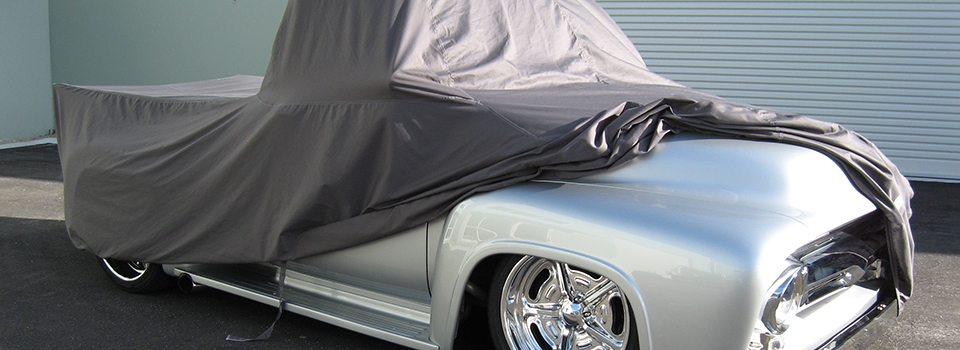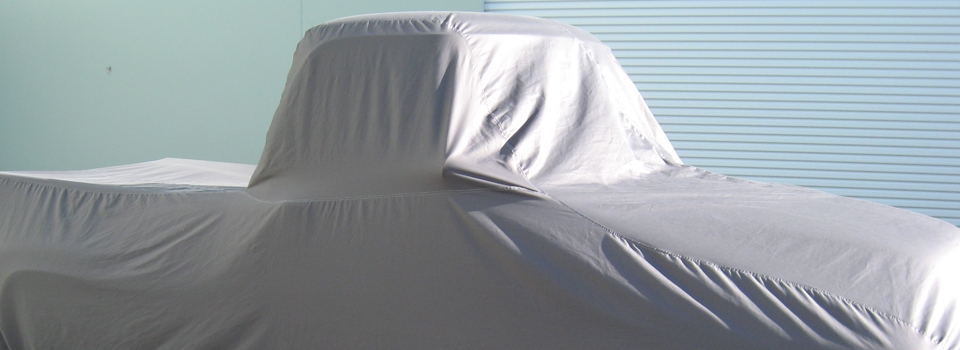Your car is likely to be one of the most expensive things you own. You should therefore always do as much as you can to protect the investment. A simple way to do this is by using a car cover to protect the car when it is parked. A car cover does not cost an arm or a leg, and can do a fantastic job of preventing problems such as knocks, scratches and stains on your car’s body work.
When you go shopping for such covers, you should realise that not all covers are the same. There are vast differences between materials used to make the covers, and you should be familiar with them so that you can make an informed choice. Some of the factors that should influence your choice of car cover material include:
Whether you will be parking the car indoor or outdoor
If you plan on using the cover while the car is indoor, you can opt to get a car cover made of a material such as cotton. The demands placed on the cover in such an environment are not much, so you can afford to get a relatively cheap cover material whose only purpose is to prevent dust from settling on the car. If you intend to be using the cover mostly in the outdoors, you would need to get one that is thicker, such as canvas. This will protect the car from more aggressive damage, such as pebbles hitting the car or twigs falling from above.
The amount of sunlight the car will be subjected to
If you live in a part of the world where there is a lot of sunlight and you will be parking the car in the outdoors, this should also influence your decision. You would need to pick a car cover made of a material thick enough to prevent damage to the car’s paintwork due to sunlight. There are some products that are specially designed to reduce the amount of UV radiation reaching the car’s body, and you should consider getting this as well. The cover should also be breathable enough to prevent the car from getting too hot when you park it outside.
The amount of water the car will be subjected to
When parking in a very rainy part of the world or in the seaside, it would be wise to get a car cover that has been designed to withstand this sort of environment. Covers that have multiple layers (for instance, a felt inner layer covered by a waterproof middle layer and canvas) is often better, since it prevents the water from getting into contact with most of the stationary car.
These are just some of the things that should influence the type of material you should get for your car cover. To make it easier to make the decision, you should consider working closely with your vendor to help figure out which material to get. The fact that they are experienced in the field puts them in a better position to determine exactly which type of material will suit your needs.


